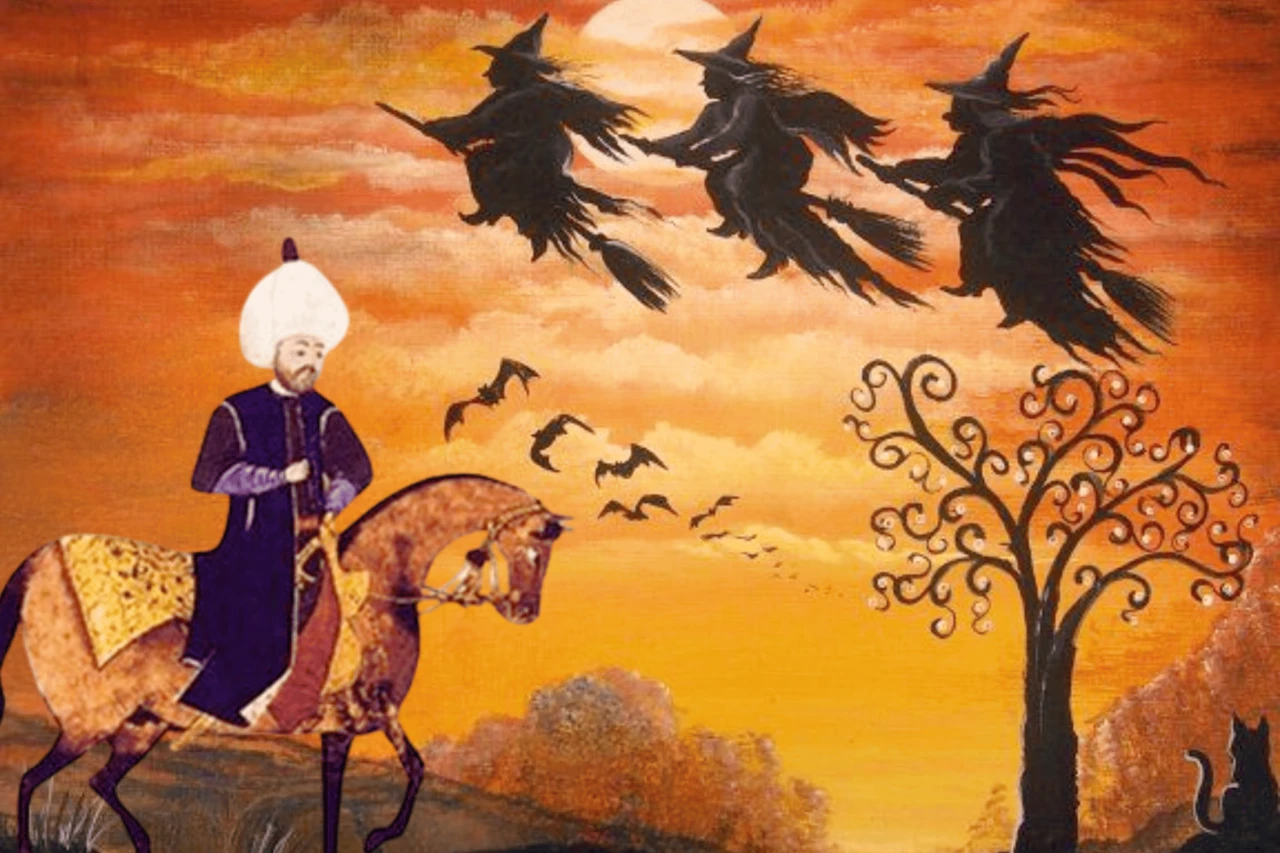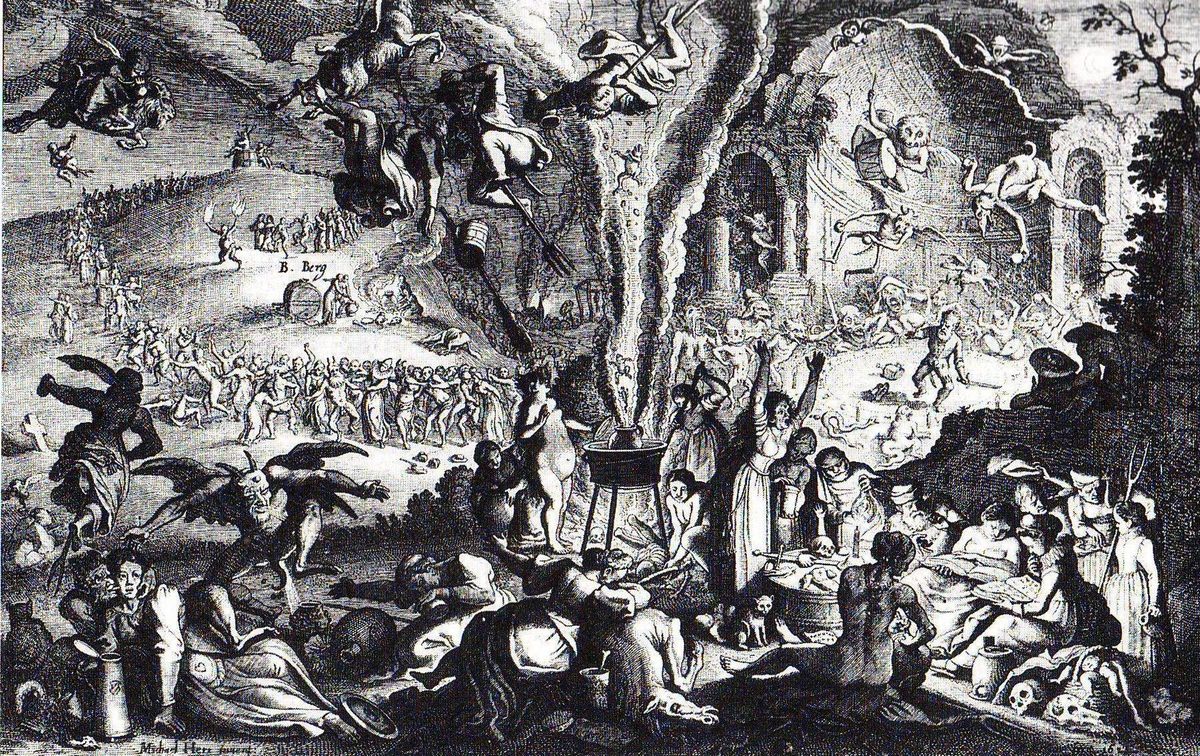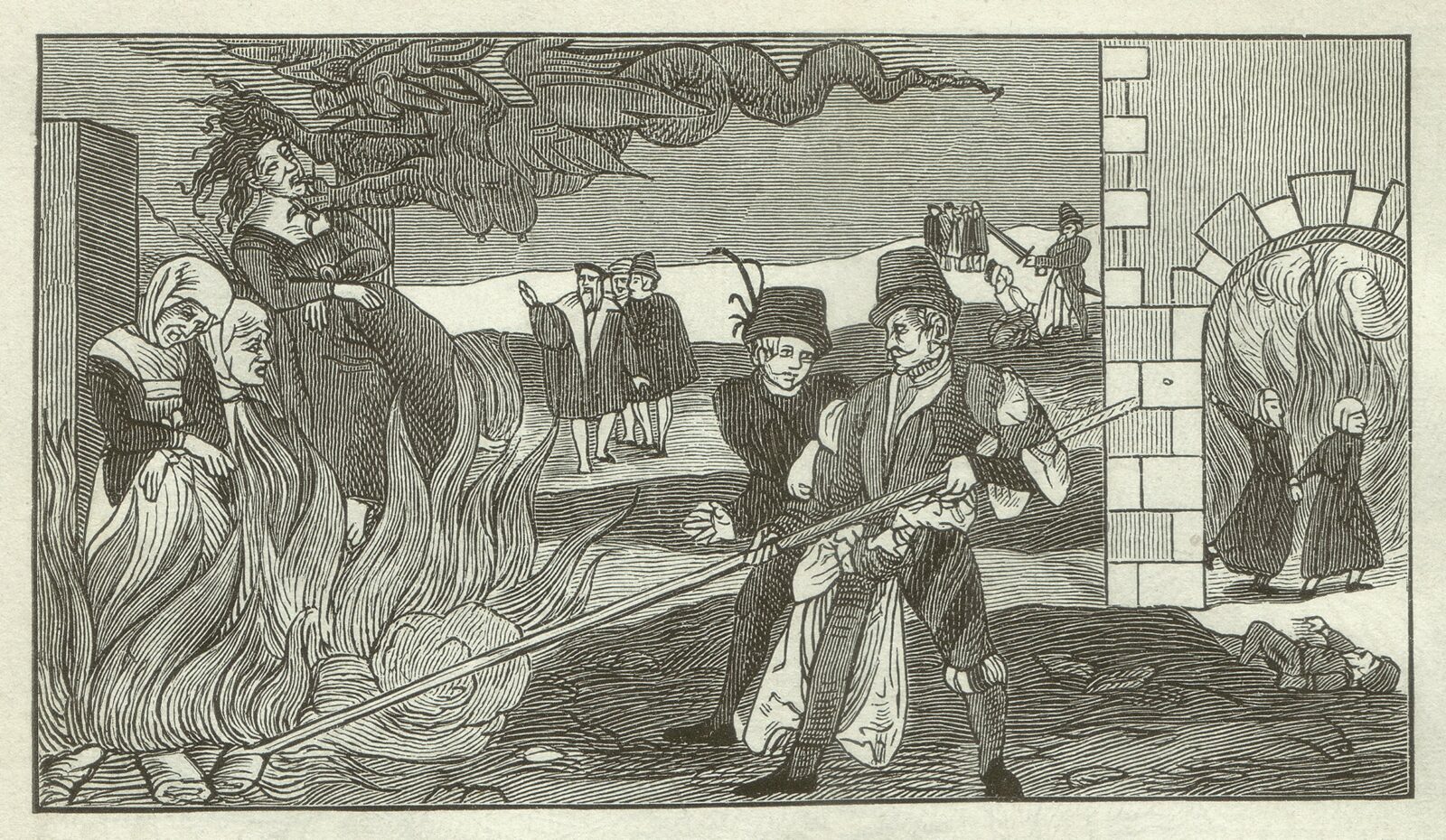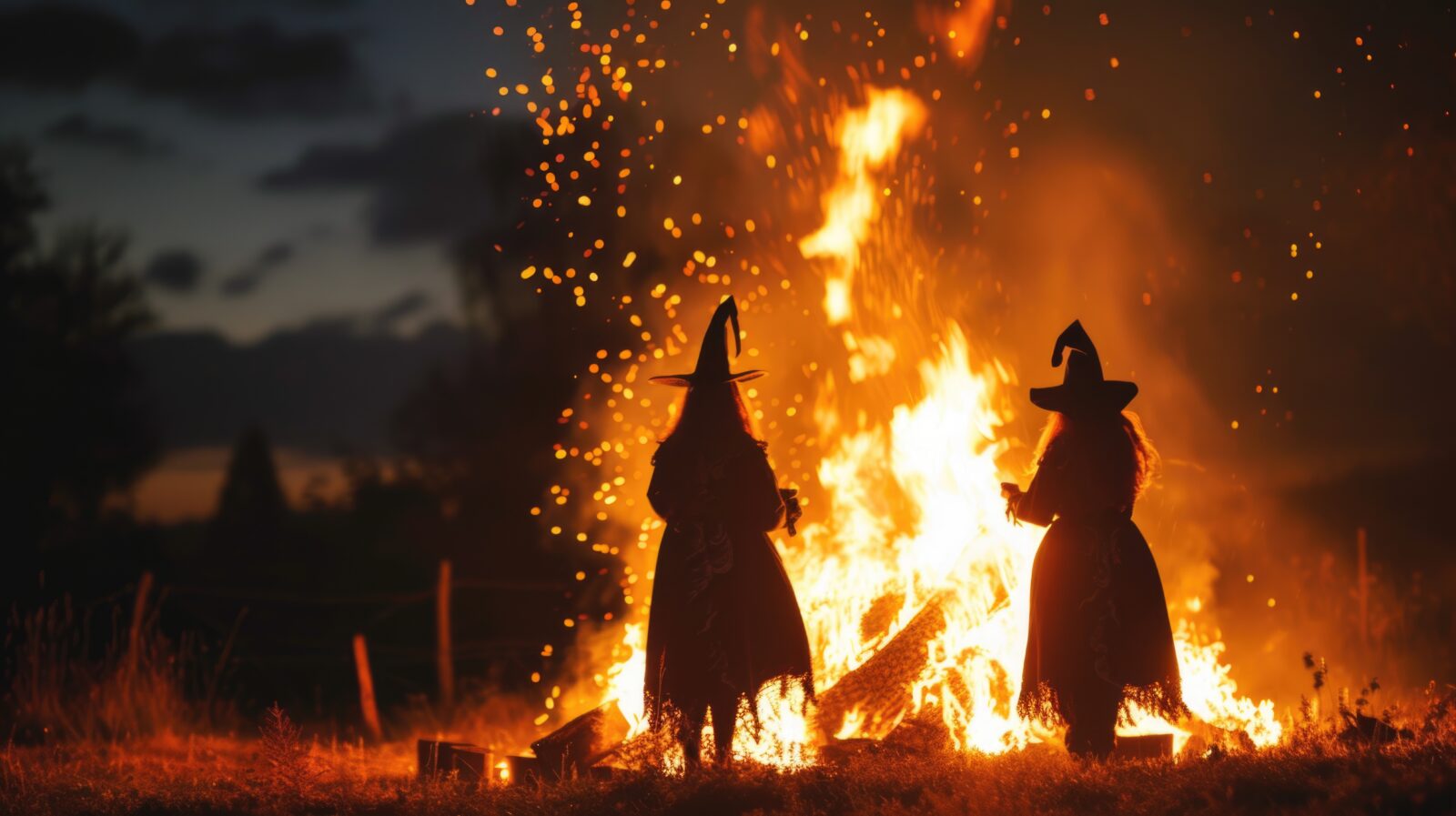Ottoman traveler Evliya Celebi’s eerie account of Witch War in 1666
 Ottoman traveler Evliya Celebi’s encounter with a witch war in Circassian and the mysterious world of Ottoman witches. (Created with Canva)
Ottoman traveler Evliya Celebi’s encounter with a witch war in Circassian and the mysterious world of Ottoman witches. (Created with Canva)
In the heart of the 17th century, the famous Ottoman traveler Evliya Celebi found himself witnessing one of the most unbelievable spectacles of his journey – a battle between witches in the skies over a remote Circassian village.
As lightning ripped through the night and villagers watched in eerie calm, Celebi recorded what he saw in his “Seyahatname” (Book of Travels), leaving us with one of the most vivid accounts of supernatural folklore in Ottoman history.
This was not just a passing tale of folklore. Celebi documented the battle with meticulous detail, capturing the chaos, violence and mysticism of the event.
According to his account, Circassian witches and their enemies, the Abaza witches, clashed above the village while riding on objects like uprooted trees, animal carcasses and even household items.
“The noise and screams were deafening,” he wrote, describing how limbs and debris rained from the sky as witches tore each other apart.
The villagers, unfazed by the scene, referred to this as “karakoncolos night,” (Karakoncolos is known as a malevolent demon from Turkish folklore) an annual event where supernatural forces engaged in war.

Complex world of Ottoman witches, supernatural phenomena
Celebi’s accounts offer more than just a glimpse into fantastical events.
They reveal the deeply rooted belief in the supernatural that existed throughout the Ottoman Empire.
At this point, it is important to note that while Europe hunted for witches and punished anyone who was suspected to be a witch through the 16th and 17th centuries – the Ottoman Empire approached these phenomena with interest.
The witches Celebi encountered, often called “oburs,” (gluttons) were feared for their ability to drain life forces, often through blood, similar to vampires.
These supernatural beings were not confined to Circassia, as their influence stretched from the Balkans to Central Asia.
In many regions, communities believed witches caused illness and death, and they would hire “obur tanitici,” specialists who tracked witches and stopped their harmful magic.
Celebi described the methods they used to confront these witches.
In one case, after a deadly attack, locals found the suspected witch’s body and drove a stake into it to end her magic.
This method showed how deep-rooted these traditions were, as villagers would go to great lengths to protect themselves from the supernatural.
Beyond their fearsome reputation, witches were tied to local customs and even natural events. Celebi recorded numerous instances where witches allegedly controlled the weather, manipulated livestock, or transformed humans into animals.
One particularly strange event occurred in a Bulgarian village, where Celebi observed a witch turning into a giant chicken, followed by her children.
The transformation baffled him, and the villagers eventually forced the witch to return to her human form.

Celebi’s witness accounts, significance in Ottoman history
What separates Celebi’s accounts from mere folklore is his insistence that these events were real and witnessed by multiple people. “They told me not to fear,” Celebi wrote, describing how the villagers treated the supernatural events as a part of life.
The witches’ battle, which lasted six hours, involved thunderous noise, fire in the skies, and a rain of debris.
Celebi was not alone in witnessing this spectacle. The entire village stood as spectators to the event.
His writings do not treat these as exaggerated tales. Celebi provides detailed descriptions of what he witnessed, blending the supernatural into the everyday life of the regions he traveled.
In doing so, he captured how deeply entwined supernatural beliefs were with daily experiences.
Scholars like Stefanos Yerasimos argue that Celebi’s descriptions often emphasized the exotic nature of certain regions, like Circassia, which had a relatively short period under Ottoman rule.
These regions were often depicted as homes to mystical creatures, but Celebi’s accounts were not limited to far-off places.
He also witnessed similar occurrences in other parts of the empire, such as Bulgaria.
In another account, Celebi detailed how locals managed a witch’s transformation. When a witch and her children turned into chickens, the villagers forced her back to human form.
Celebi’s observation of this event provides a striking contrast between the terrifying and the mundane, as these supernatural encounters became part of everyday life.

Lasting impact of Ottoman traveler Celebi’s supernatural tales
Celebi’s Seyahatname remains one of the most comprehensive accounts of life in the Ottoman Empire, but it is the supernatural stories that give readers an insight into the cultural and psychological landscape of the time.
Celebi did not merely recount these events to entertain his readers. He portrayed how witches, like the oburs, influenced daily life in regions far and wide.
These witches were not just folklore; they were woven into the fabric of Ottoman life and tradition.
Circassia was not the only place where these beliefs took hold. From the mountains of the Caucasus to the villages of Bulgaria, the fear of witches and their supernatural powers shaped how communities responded to illness, death, and unexplained events.
Celebi’s meticulous recordings of supernatural events show how deeply these beliefs were embedded in the Ottoman psyche.
The annual battles of the witches, the vampire-like oburs, and the transformative powers of witches all speak to a world where the supernatural was as real as the physical.
“I have always been skeptical of such things,” Celebi wrote: “But what I saw that night left no room for doubt.”



